Images of Home
Mapos Designer
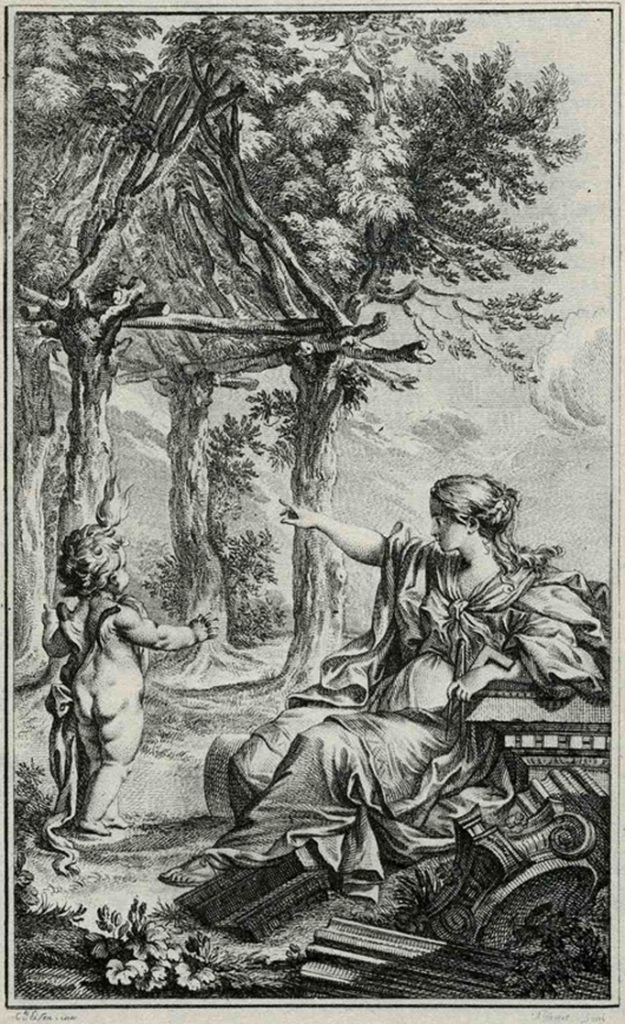
Marc-Antoine Laugier’s Primitive Hut Source: Charles Eisen [Public domain], via Wikimedia Commons
In 1755 Marc-Antoine Laugier, a Jesuit priest and architectural theorist, published the second edition of his Essay on Architecture, including a now iconic illustration (to architects and architectural students at least) of a ‘primitive hut.’
Depicting a simple structure of unhewn wooden posts supporting a two-sided sloped roof, this allegorical engraving speaks to the far earlier Vitruvian idea that ancient Greek temples owed their architectural language, including the gabled roof shape, to the earliest manmade dwellings: four posts supporting a roof sloped to shed rainwater.
This image, with it’s ancient, romantic logic had a profound effect on me as I began studying architecture. And growing up in Western Pennsylvania, among gable roofed homes, barns, and industrial buildings, the continuum from ancient shelter to present day was clear.
As I became more familiar with the development of architectural form, the tenets of early modernism were equally compelling, especially Corbusier’s boxes on pilotis.
But the familiar image of the gable roof, connoting shelter and residence, enduring throughout history, and with its structural simplicity and easy constructability, has stuck with me.
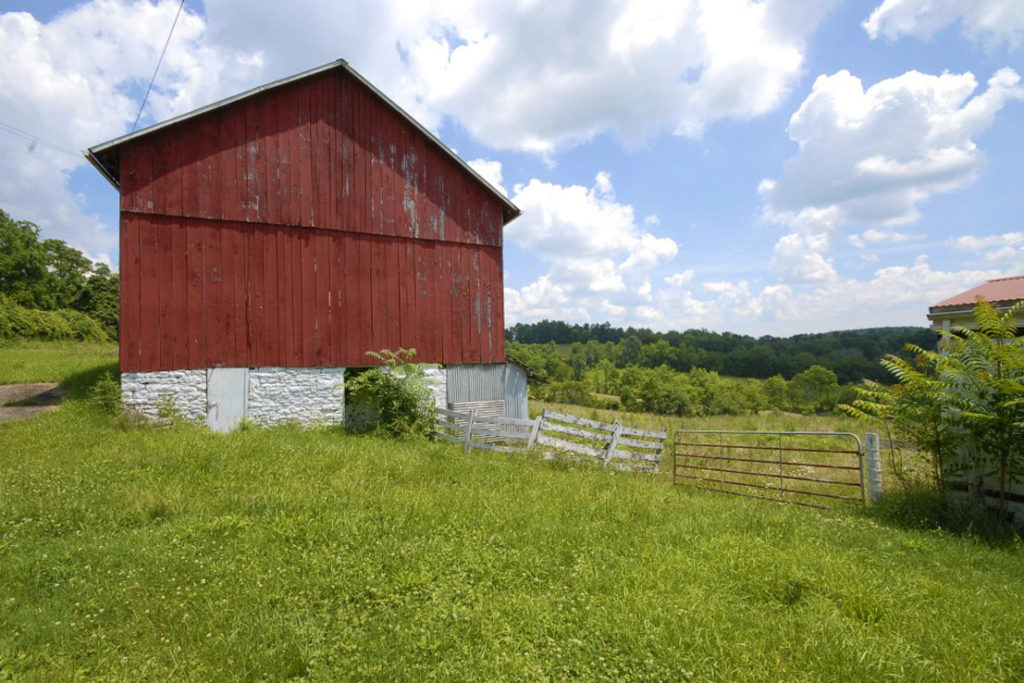
Source: Ron Lovelace at RE/MAX Professionals Real Estate
A typical Western Pennsylvania barn. The post-and-beam construction inside has a direct connection to the primitive hut.
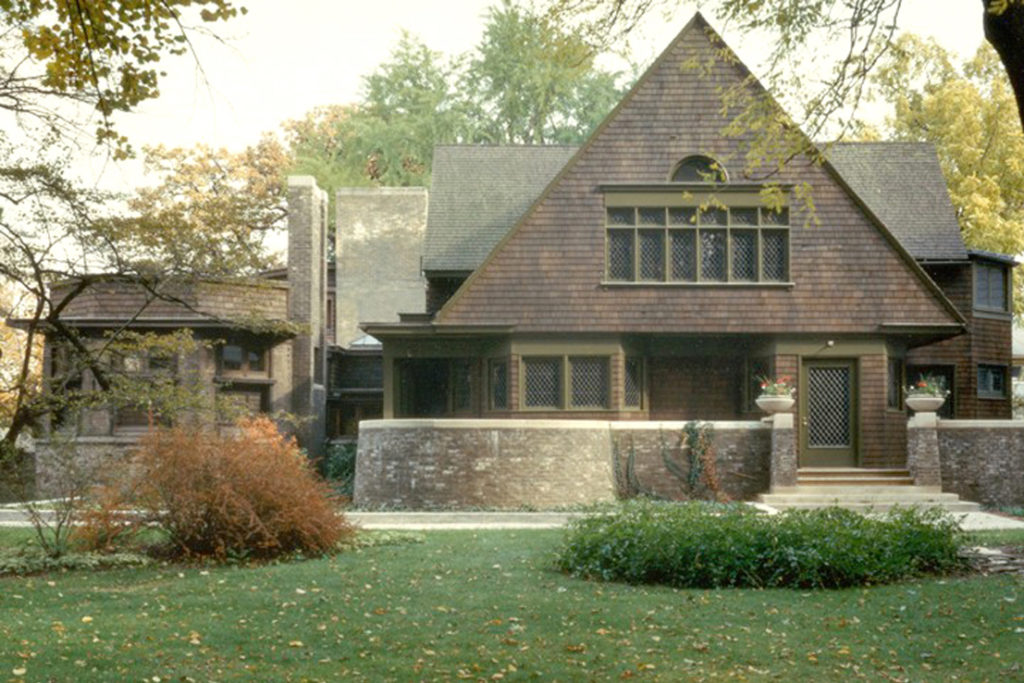
Source: James Caulfield, Frank Lloyd Wright Trust
Frank Lloyd Wright’s own Oak Park House. Wright’s homes often emphasized the basic elements of foundation, hearth, and roof.
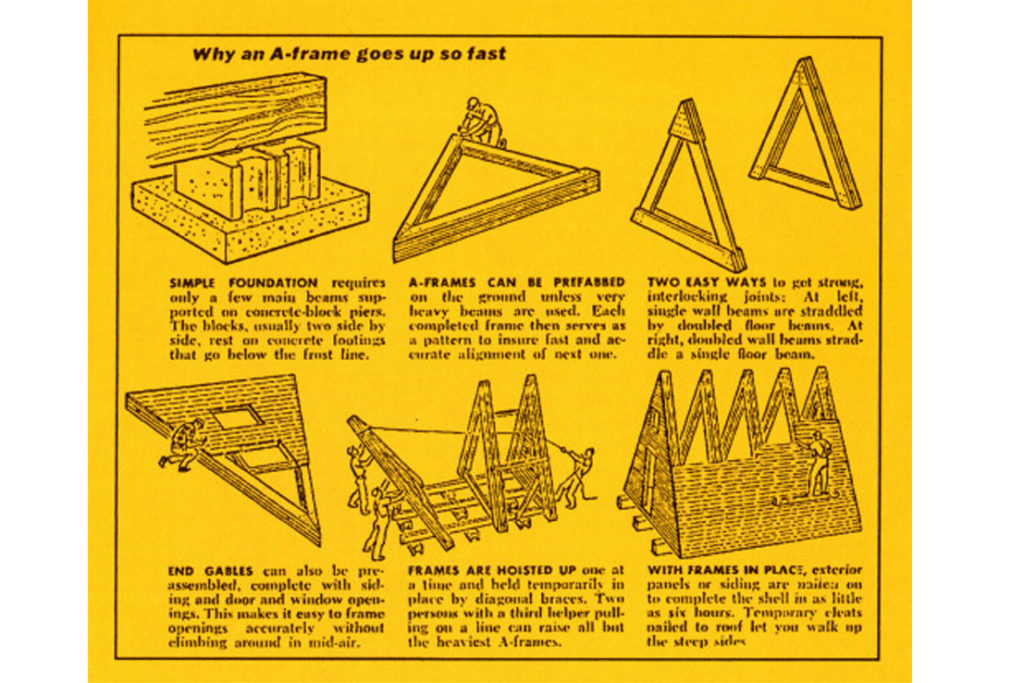
Source: Chuck Randl a-frame/ via Treehugger
An illustration of simple A-frame construction. The gable roof taken to its logical conclusion, subsuming the entire structure. Ideal in cold climates where the steep roof pitch easily sheds snow.
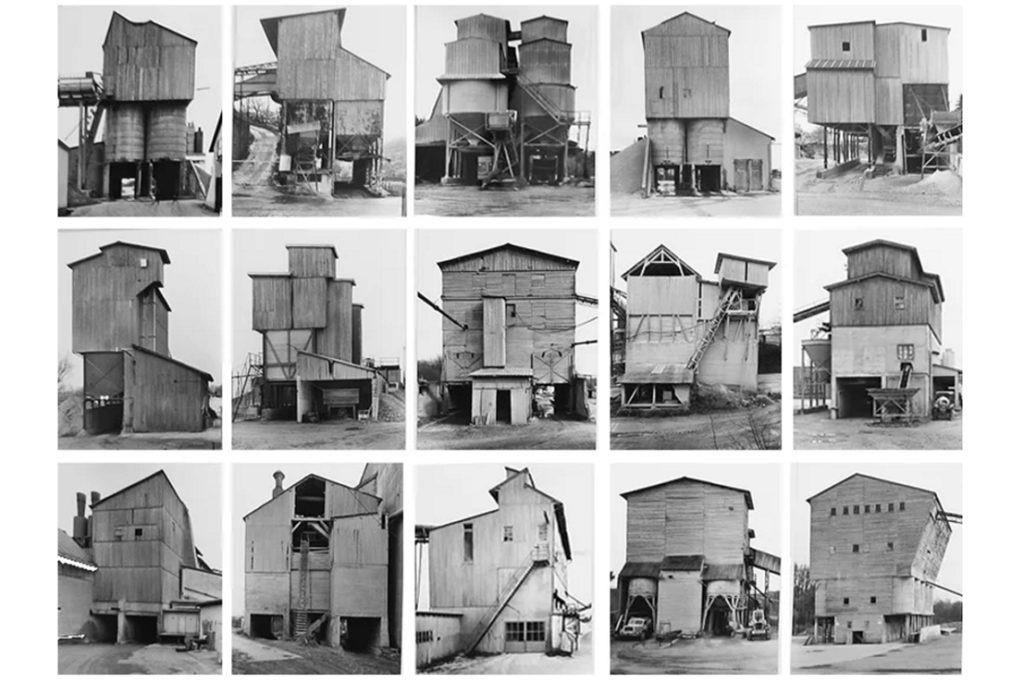
Source: Christopher Bailey, Father Pitt
South Side Market House, Pittsburgh. Gable roof as ‘grand gesture’.
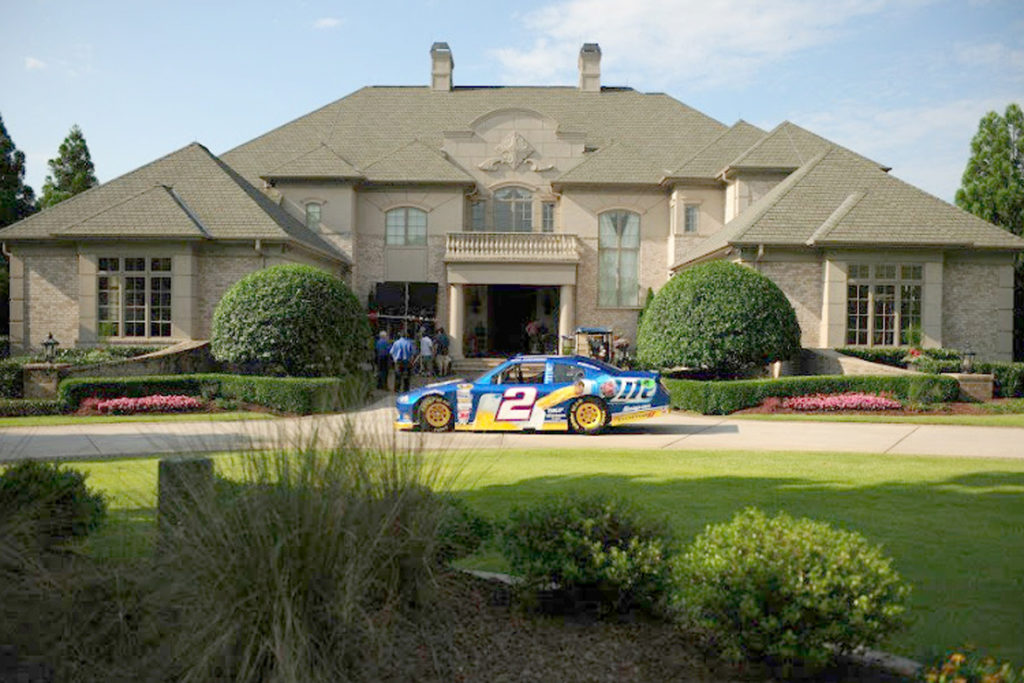
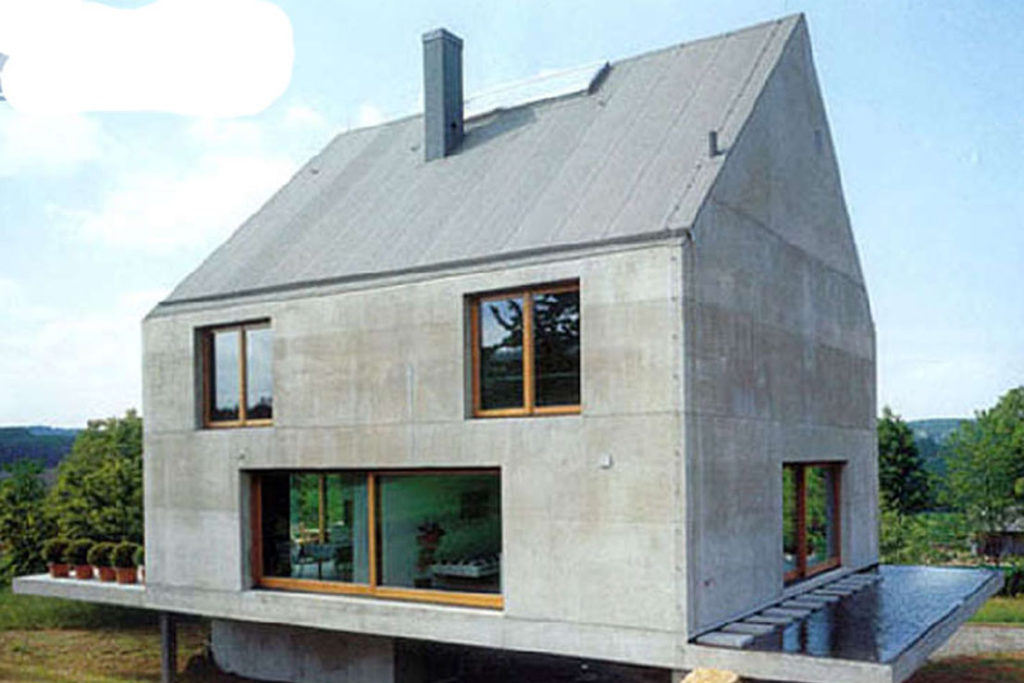
Source: wikiarquitectura
Herzog and DeMeuron’s Rudin House. The traditional house form, abstracted. A dialogue between tradition and modernism. When handled literally the gable shape can border on kitsch.
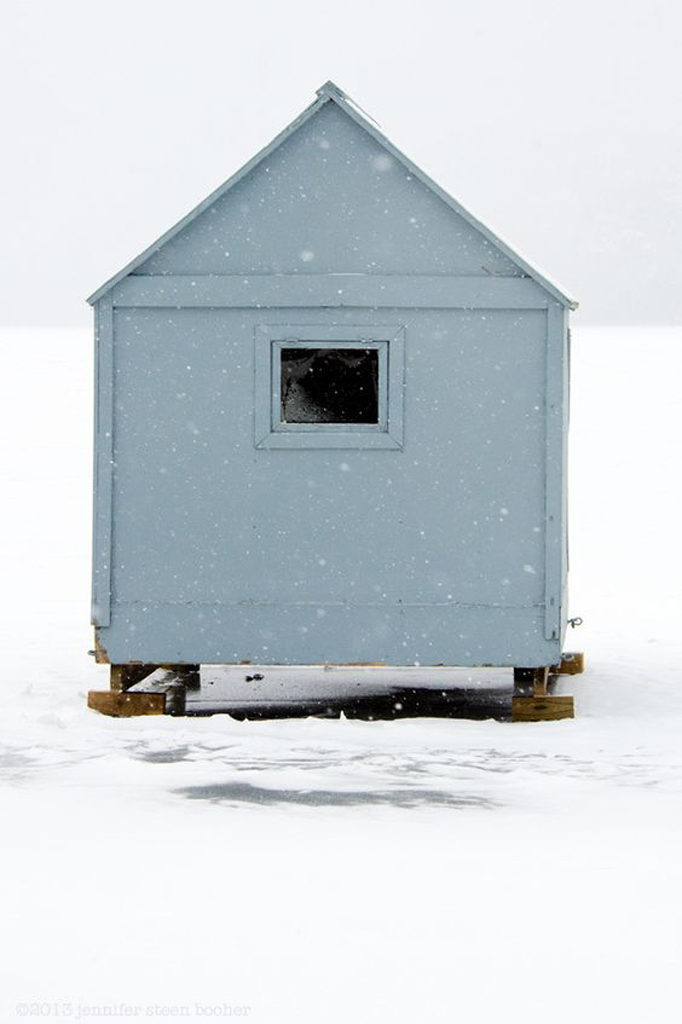
Source: Jennifer Steen Booher, Quercus Design
A gable-roofed ice fishing shack. As elemental as it gets.
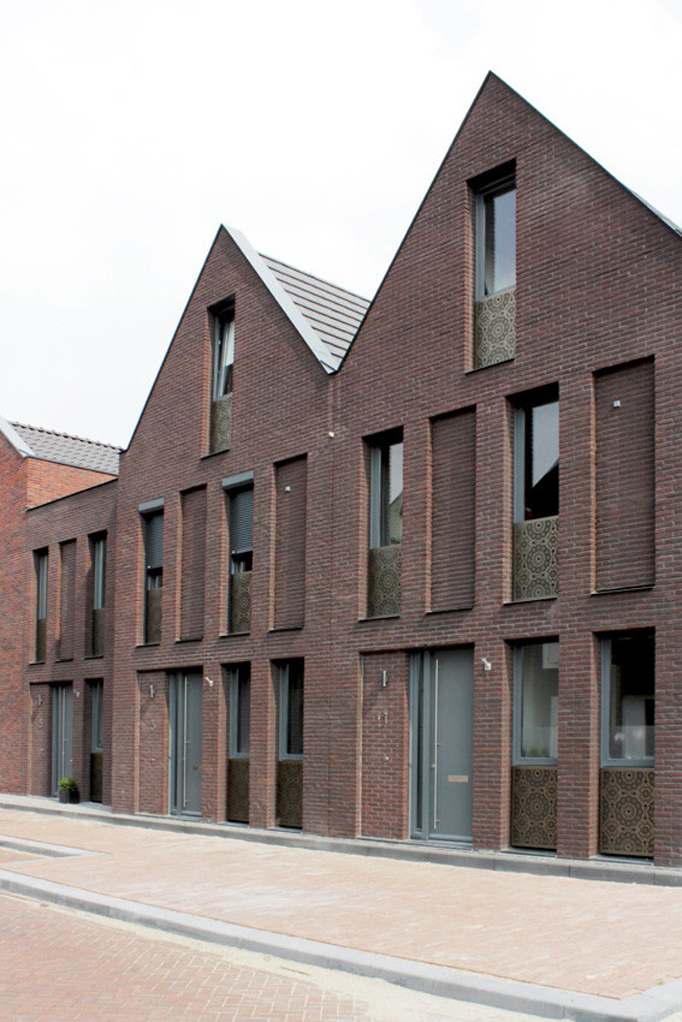
Source: Zeeuws Housing / Pasel.Kuenzel Architects, via archdaily
A modern, multi-family gable roofed building. Gable shapes often work best as stand along structures, but can also work well in series.